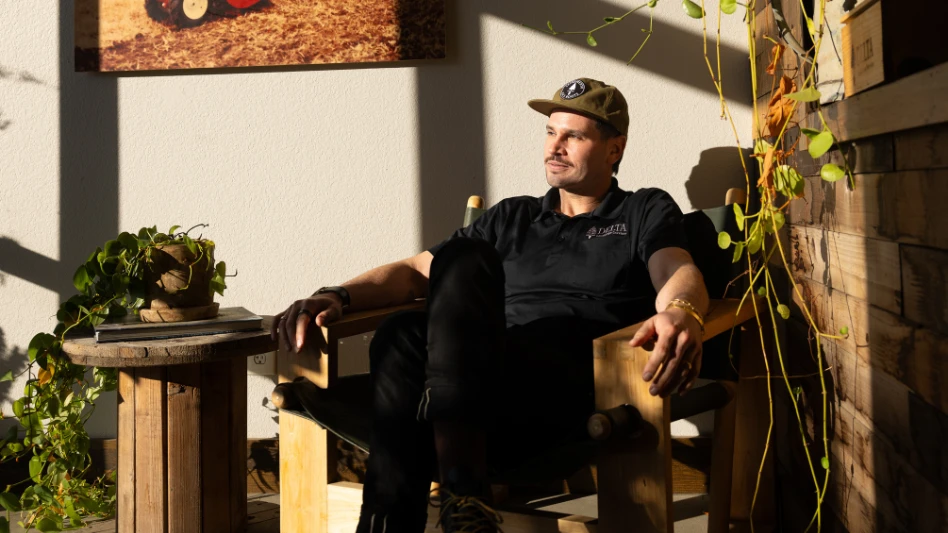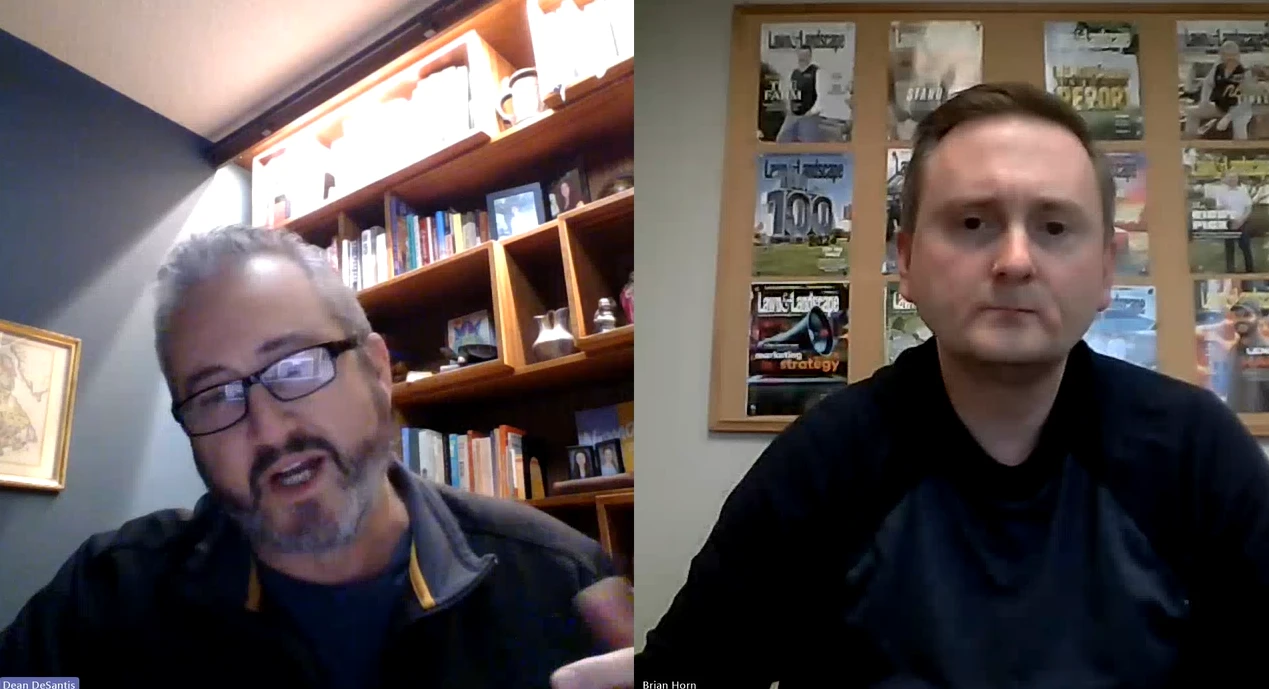
On the heels of the announcement that the two largest companies in the landscape industry will combine, the CEOs of Brickman and ValleyCrest spoke with Lawn & Landscape Editor Chuck Bowen about what the industry can expect from the new company.
.jpg) |
Andrew Kerin, CEO of Rockville, Md.-based Brickman Group, said the combined company would remain focused on the landscape and snow industries.
“We collectively are completely committed to the landscape and snow services industry and business we have today,” Kerin said. “We see a lot of room for growth, a lot of room for professional development, a lot of room to continue to shape the industry and the professionalism of the industry.”
Kerin also stressed that private equity group KKR’s acquisition of a majority stake in ValleyCrest is a merger.
“I want to be very clear about this: This is not the new Brickman. This is Brickman and ValleyCrest coming together as a merger of equals to create the next generation company,” Kerin said. “We believe we are better together and that is capturing the best of both.”
Kerin came to the Brickman Group in 2012 from Aramark Global Food, where he was group president. Before that, he was vice president with facility services firm Ogden Corporation.
The deal, expected to close in a few months, would have KKR purchasing a majority share in Calabasas, Calif.-based ValleyCrest Landscape Cos. from MSD Capital. Combined, the two landscape firms will have nearly $2 billion in revenue and cover every major U.S. market. MSD and the Sperber family would maintain stakes in the new company, and Richard Sperber, son of ValleyCrest founder Burt Sperber, will no longer serve on the board.
 |
“We’re in a really neat period in the industry where the industry is growing, and people are investing in their landscape, they’re improving to a greater extent, so the timing of this is excellent in the sense that we’re in growth mode, there’s plenty of work out there and customers are more interested than ever in improving their properties,” said Roger Zino, CEO of ValleyCrest.
Kerin said he sees growth potential in many segments.
“The short answer is we see it everywhere. We see it in design, we see it in building, we see it in the maintenance, we see it in being able to expand trust relationships by adding more service and more properties for those clients,” he said. “And we’ve also found that we have a lot in common in terms of how we approach the market, so we have greater strength collectively than we had before. That being said, we have a relatively small share of the market since the market is so large and fragmented.”
Brickman ranks second on the 2014 L&L Top 100 List, with $900 million in total revenue. ValleyCrest ranks first, with $992 million in revenue. Combined, the companies have 22,700 employees. Brickman grew by 9.6 percent last year, and ValleyCrest grew 12.7 percent.
Even with revenue of nearly $2 billion, the combined Brickman and ValleyCrest would still only represent about 3 percent of the landscape industry’s total size.
The two companies, while very similar in many aspects – their large commercial maintenance footprints, most notably – aren’t identical. Brickman has long dominated the snow and ice management market. In 2013, it reported more than $172 million in winter revenue, compared to ValleyCrest’s $29.5 million.
And ValleyCrest has a long history in the design, construction, golf and nursery businesses. It also operates a separate national commercial maintenance franchise arm in U.S. Lawns, which ranks 9th on the Top 100 list with revenue of more than $195 million.
Kerin said those business units of ValleyCrest will remain in place, and that the two companies will draw on each other’s strengths to grow.
“If you go to the beginning of this question about a perception of difference, I would focus more on what’s common, and that’s what we have been able to do and that’s why we’re so excited about what’s in front of us,” Kerin said. “For us, you start with the legacy of two families that clearly shared a great passion for the industry, a great passion for the work, and for people, a passion for clients and people, and that’s at the core.”
Zino also said the two companies have more in common than not.
“There’s a lot of perceptions out there, but we focus on the reality and the reality is as two teams have engaged, we have found a lot of common ground,” Zino said. “We have a great passion for the landscape profession. And we share a just a real pleasure in what we do for a living in make the world beautiful for our customers to live work and play in. That’s a common element of the two companies that’s been very unifying.”
Latest from Lawn & Landscape
- Wilson360 adds Daniel Grange as new consultant
- Batman and business
- CH Products releases new tree stabilizer
- Savannah Bananas founder Jesse Cole to speak at Equip Exposition
- Catch up on last year's Benchmarking report
- Davey Tree promotes Kevin Marks as VP of Western operations
- Bobcat Company names 2025 Dealer Leadership Groups
- Green Lawn Fertilizing/Green Pest Solutions awards employee new truck for safe driving





